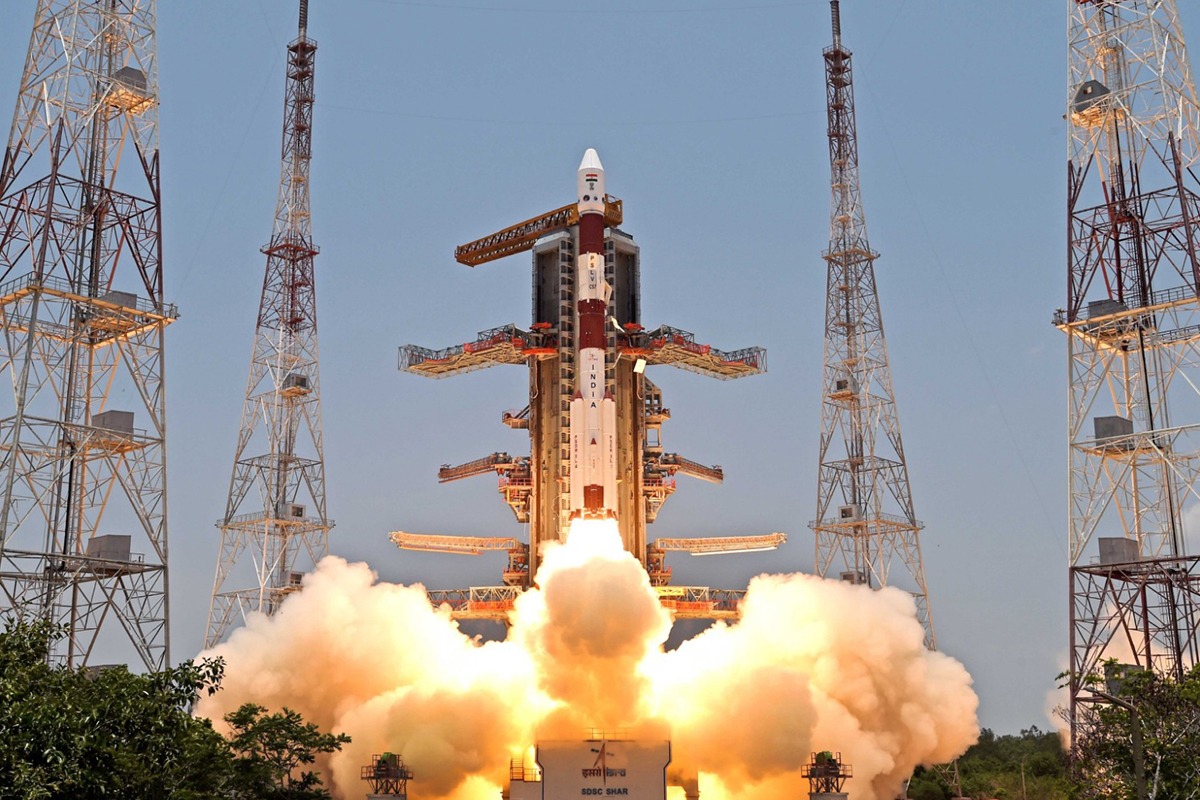NEW DELHI: India launched its first solar mission, Aditya-L1, on Saturday. The spacecraft blasted off from the Satish Dhawan Space Centre in Sriharikota and is expected to reach its destination, the Lagrange Point 1 (L1), in about 100 days.
L1 is a point between the Sun and Earth where the gravitational forces of the two bodies cancel each other out. This allows Aditya-L1 to maintain a constant, uninterrupted view of the Sun.
The mission plan follows a trajectory similar to Chandrayaan-3, with the spacecraft remaining in Earth-bound orbits for 16 days, undergoing five maneuvers to acquire the necessary speed for its journey to L1. Positioned at a distance of 1.5 million kilometers (93 million miles) from Earth, 1 per cent of the Earth-Sun distance, the trip is expected to take four months.
Once at this vantage point, Aditya-L1 will match the Earth’s orbit around the Sun.
The mission carries seven indigenously developed distinct payloads. Six of these instruments will remain dormant until January 6, 2024, when Aditya-L1 is expected to enter a “halo” orbit near L1. These instruments aim to provide real-time insights into solar activity, such as solar wind and solar flares, and their impacts on Earth’s weather and near-space environment.
The mission has seven payloads, which will be used to study the Sun’s corona, solar wind, and other aspects of solar activity. The scientific objectives of the mission include:
- Understanding the mechanisms that heat the solar corona to millions of degrees Celsius.
- Studying the acceleration of the solar wind, which is a stream of charged particles that flows from the Sun.
- Characterizing coronal mass ejections (CMEs), which are large eruptions of plasma and magnetic fields from the Sun.
- Investigating the dynamics of the solar atmosphere.
- Measuring the temperature anisotropy of the solar wind.
- The data collected by Aditya-L1 will help scientists to better understand the Sun and its impact on Earth. This knowledge could be used to improve our ability to predict space weather events, which can disrupt satellites and other technological systems.
The Aditya-L1 mission is a huge leap for India’s space program. It is the first Indian mission to study the Sun, and it will help to position India as a leader in solar research. The mission is expected to remain operational for five years.
The launch of Aditya-L1 comes at a time when solar activity is increasing. The Sun is currently in a solar cycle, which is a period of about 11 years during which the Sun’s activity waxes and wanes. The current solar cycle is expected to peak in 2025, and scientists are concerned that this could lead to an increase in space weather events.
The Aditya-L1 mission will provide valuable data that will help scientists to better understand the Sun and its impact on Earth. This knowledge could be used to mitigate the effects of space weather events and protect our technological infrastructure.
Understanding solar activity, such as solar eruptions and solar wind, days in advance, can aid in satellite operations and the longevity of satellites. By studying the Sun, the closest star to Earth, Aditya-L1 will offer invaluable insights into celestial forces that shape our universe.
The success of this mission will pave the way for future Indian solar missions.

